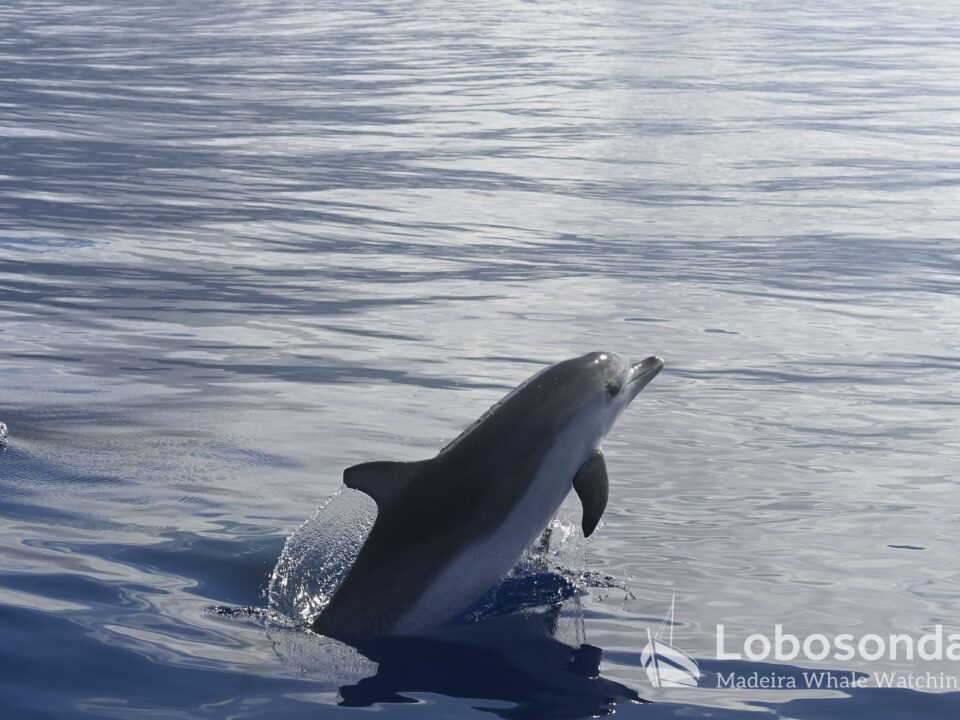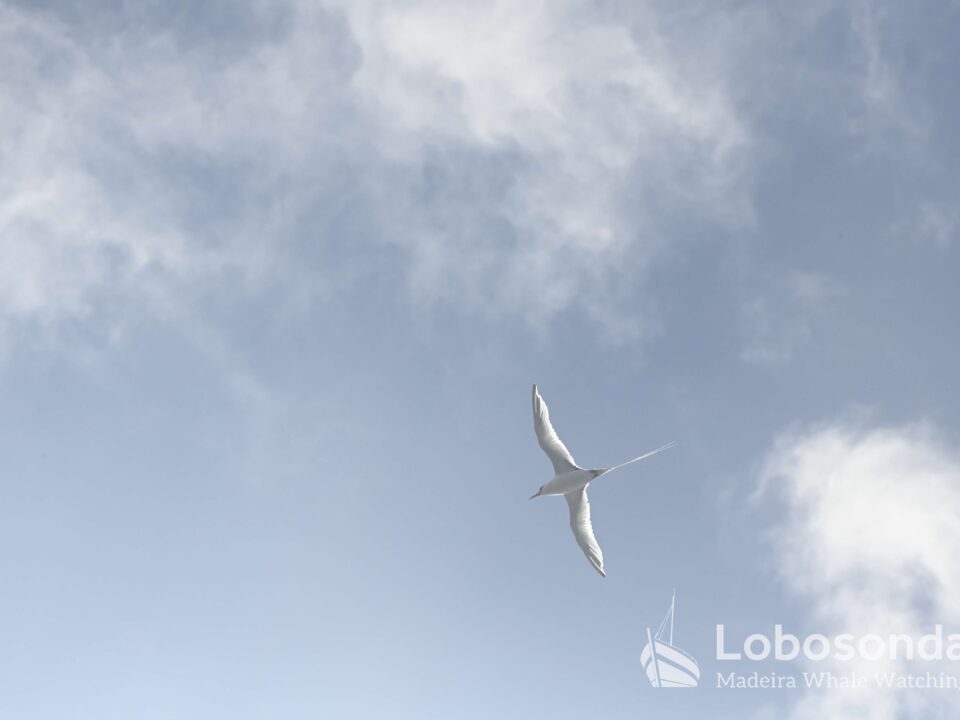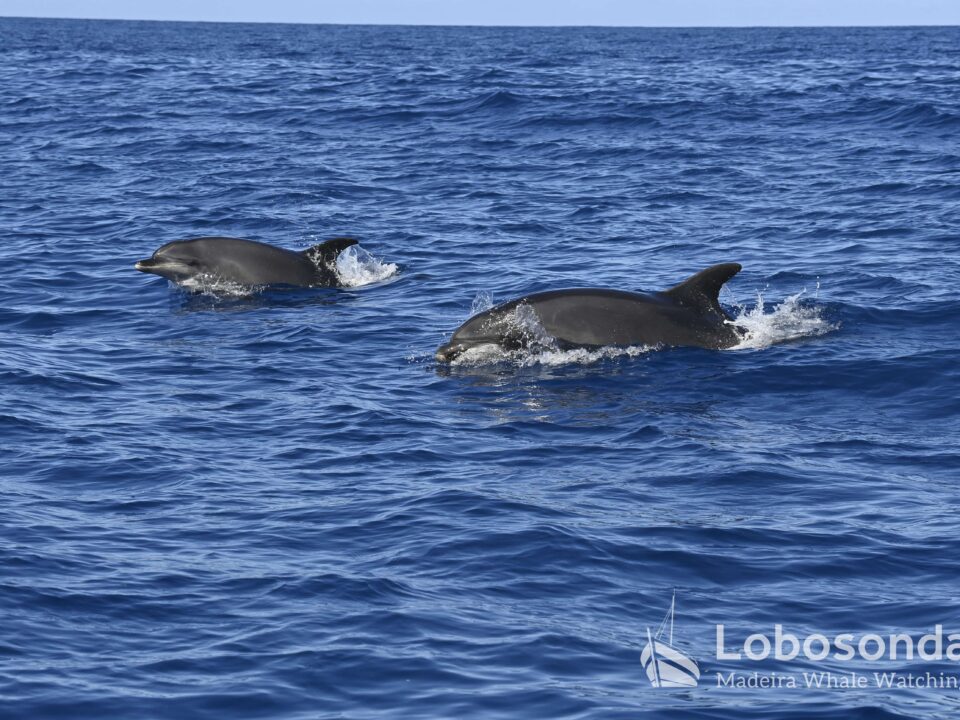
25.11.2019 – Arrival in the NOW
December 2, 2019
27.11.2019 – Dolphin sports
December 4, 2019When admiring the picturesque island of Madeira from out at sea, the fact that the archipelago is part of an underwater mountain range becomes quite visible. The islands landscape is incredibly dynamic and continues beyond the coastline into an equally dramatic seascape, that gradually but steeply plunges into the abyss. The fact that the island is surrounded by such deep water may sound eerie to some but for several species of cetaceans such depths could not be more ideal.
One of the species that make the most of this deep habitat was seen on our afternoon tour today and the animals are considered to be the squid experts amongst cetaceans. Deep-sea squid are a reliable source of hydration for cetaceans but occur at depths beyond 200m during the daytime, migrating towards the surface at night. This is why the smart Short-finned pilot whales (Globicephala macrorhynchus) often wait till dusk to begin their sprint hunts in the deep ocean, where they use their acute sonar to navigate and hunt for their protein-rich prey. The deepest documented dive by a pilot whale near Madeira was 990m! Despite these incredible depths, their dive time doesn’t exceed 20 minutes so this metabolically expensive hunting is usually wrapped up fairly quickly, leaving enough time at the surface for relaxing and tending to social matters in the pod.
Bottlenose dolphins (Tursiops truncatus) are also squid fans but cannot dive as deep and as long as the pilot whales. So the dolphins use a different tactic; socialising. These intelligent opportunists are thought to associate with pilot whales to gain hunting advantages and even move into pilot whale territory where the large delphinids mark the hunting spot. Even today, the Bottlenose dolphins weren’t too far from their jet-black cousins and who knows, maybe these associations may be manifestations of interspecies friendships where these two very different cetaceans simply help each other out?
By Paula Thake
Sightings of the day
Stenella
15:00 Bottlenose dolphins, Short-finned pilot whales













